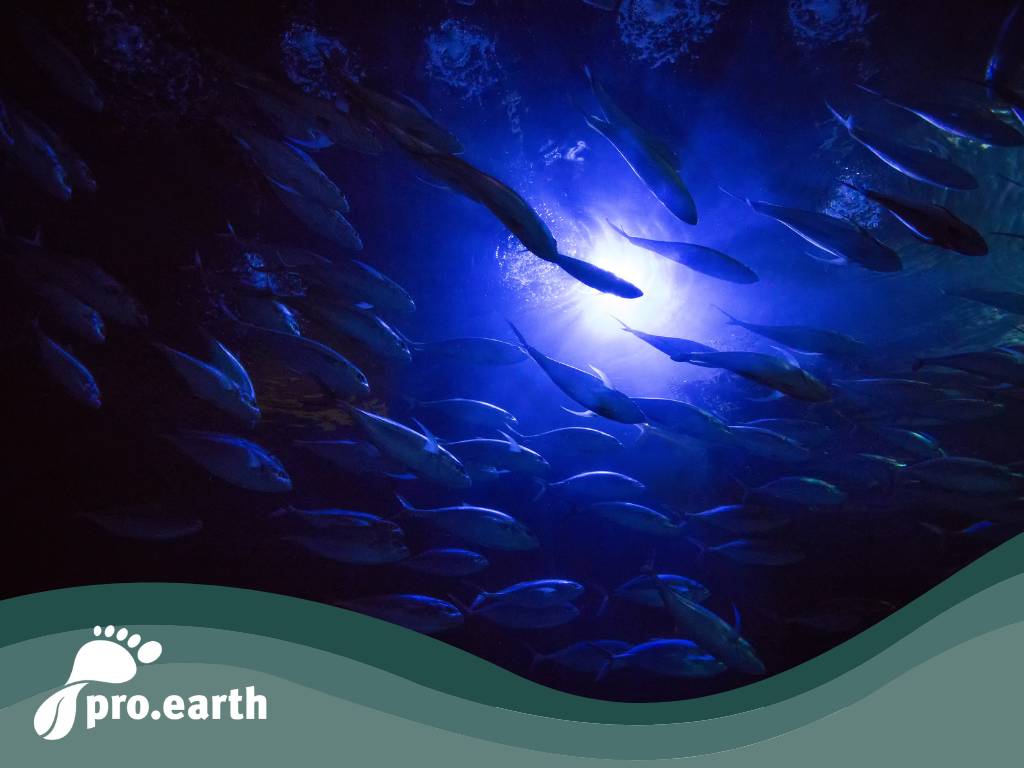Protection of high seas areas for the first time

Until now, there have been no rules to protect life on the high seas, which is threatened by pastiche pollution, deep-sea drilling and overfishing. This is now changing with the new marine conservation agreement, which the UN member states adopted yesterday after a 40-hour marathon session. Around 30 percent of the world's oceans are to be designated as protected zones.
At the same time, an agreement was also reached at a parallel oceans conference in Panama: An agreement was reached on around 20 billion US dollars (18.8 billion euros) for the protection of the oceans, of which around six billion dollars will come from the USA.
Lawless space
The high seas are a huge area, around two thirds of the oceans, mostly deep sea, where until now it has been possible to operate in a lawless area, almost like the Wild West. "At the moment, a handful of predominantly rich nations are exploiting the high seas," says Till Seidensticker, marine expert at Greenpeace. Although it is the "common heritage of mankind" (according to the Law of the Sea), this habitat is being exploited more than areas belonging to a specific territory due to a lack of jurisdiction and responsibility.
To explain: All sea areas that are further than 200 nautical miles from the coast are considered to be part of the high seas and do not belong to any national territory.
The global community has been trying to create a legal framework for 15 years, as agreed by the states at the species conservation conference in Montreal in December. Until now, however, there has been no body to enforce these protected areas.
Incredible biodiversity in danger
Seidensticker describes the importance of this habitat for us all as follows: "The marine life of the high seas drives the biological pump of the oceans. They absorb carbon at the surface and transport and store it at depth. Without this important service, our atmosphere would contain 50 percent more carbon dioxide. The Earth would be overheated and uninhabitable."
Future profit distribution
It is also about the question of how profits should be shared between which countries in the future. This includes issues such as cosmetics and medicines made from animals and plants from the high seas.
"One possible solution would be for the countries that use marine genetic resources to pay a flat-rate fee," says Ben Boteler from the Research Institute for Sustainability in Potsdam. "This should then be distributed via a fund to the countries that do not use the resources."
Our pro.earth.conclusion: The two agreements in New York and Panama are an important step towards protecting our habitats from destructive exploitation and also an important climate protection factor. We hope that they will soon be implemented with appropriate control mechanisms!
For further reading:
https://news.pro.earth/2022/12/19/es-ist-vollbracht-das-neue-artenschutzabkommen/






